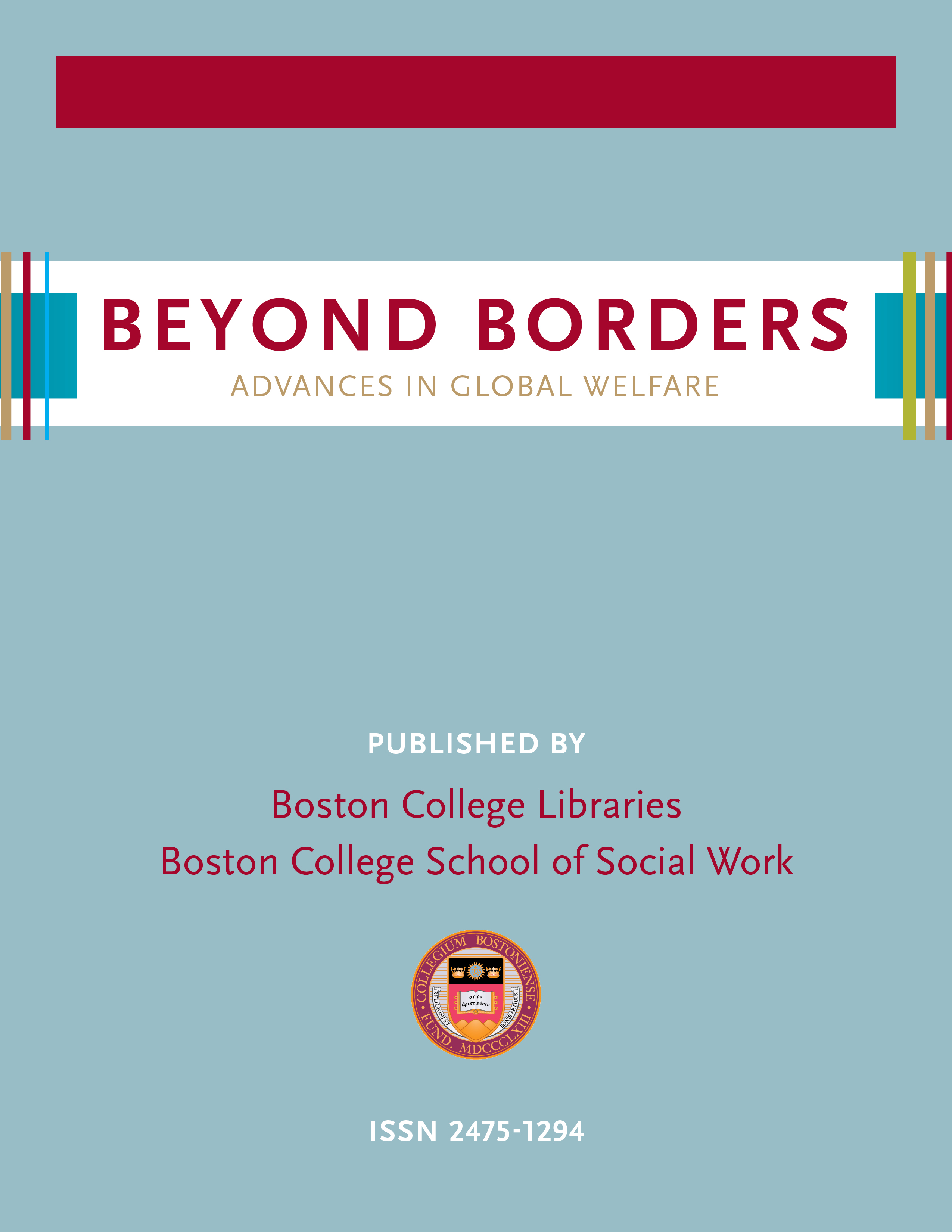Environmental protection and internal population displacement: challenges and opportunities. Case study of Gishwati forest area in Rwanda
Abstract
This paper concerns internally displaced persons (IDPs) from the Gishwati protected area due to the 2007 landslides and flooding risks in Rwanda. Those IDPs were relocated in different resettlement sites in Nyabihu and Rubavu Districts. This paper assesses socio-economic challenges and opportunities faced by IDPs, and also suggests alternative solutions to mitigate the negative consequences of population displacement. In total, 160 heads of households were selected purposively and a snowball technique was applied. Quantitative data were collected through semi-structured questionnaires and analyzed using SPSS software while qualitative data from focus group discussions were classified into components for content analysis.
Research results indicate that IDPs were not satisfied with the way in which the displacement process was conducted because it used force and violence in some cases. Besides, IDPs encountered economic, social and psychological losses during the displacement process. These include mainly land, houses, disruption of social relationships, disturbance and stress. The majority of IDPs underestimated the value of assistance received compared to their losses because the assistance and protection provided were perceived far below their new needs. Even though their living conditions were worsened by the displacement process, they recognized the positives aspects of their displacement as they survived from floods and landslides. In this regard, IDPs access better resettlement sites and public infrastructures such as administrative services, health centres, schools, markets, roads, electricity and clean water in the new localitiesr.
Based on the challenges experienced by IDPs from Gishwati, the paper recommends adequate information, involvement of IDPs in the displacement process, relevant assistance including professional insertion and psychological counselling, permanent education, long-term planning and indemnity of disturbance for smooth displacement and sustainable resettlement[1].
[1] They were commissioned by ICK to carry out a research project “Preventing risks related to population displacement; defining model of educational actions” jointly sponsored by ICK and the Centre for Coordination of Research of the International Federation of Catholic Universities (CCR/IFCU). This paper is extracted from “Population displacement and its socioeconomic impact on internally displaced people in Rwanda: A case study of the communities from Gishwati forest area and Nyabarongo hydropower plant zone”.
Downloads
Published
How to Cite
Issue
Section
License

This work is licensed under a Creative Commons Attribution-NonCommercial-NoDerivatives 4.0 International License.
Please follow the link for more information regarding Copyright and License Information.

